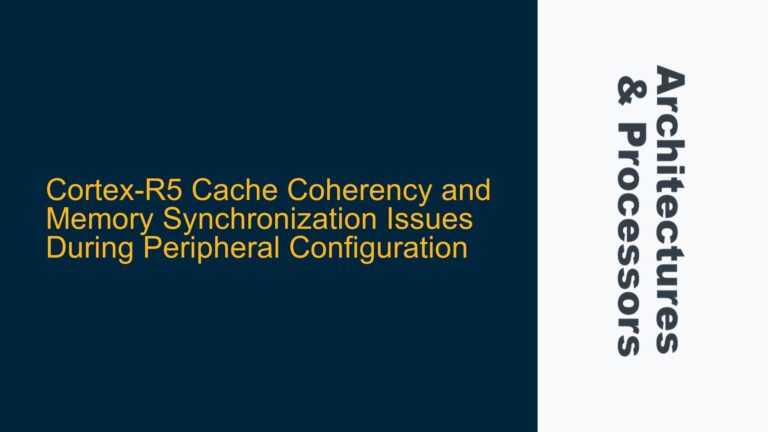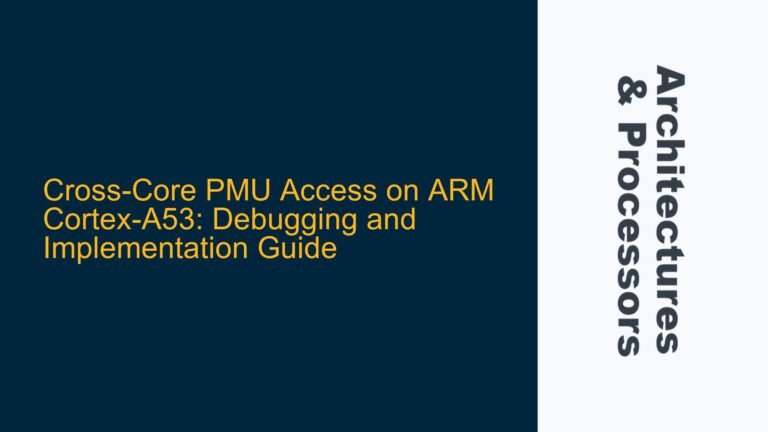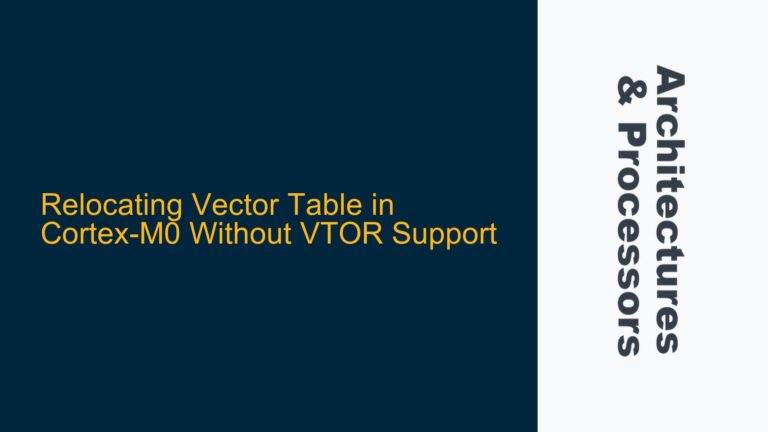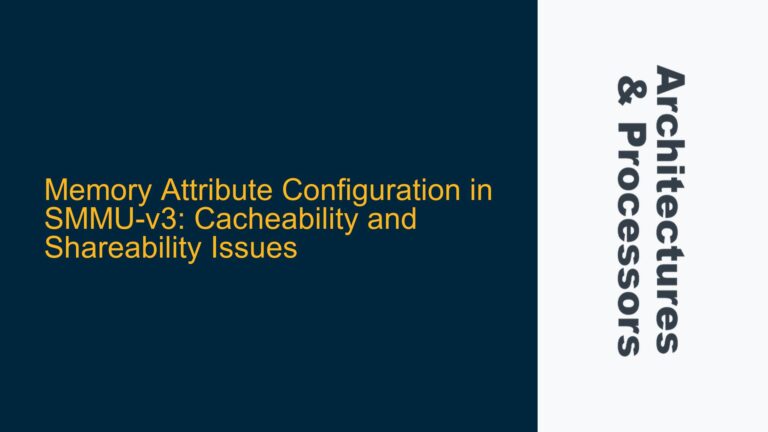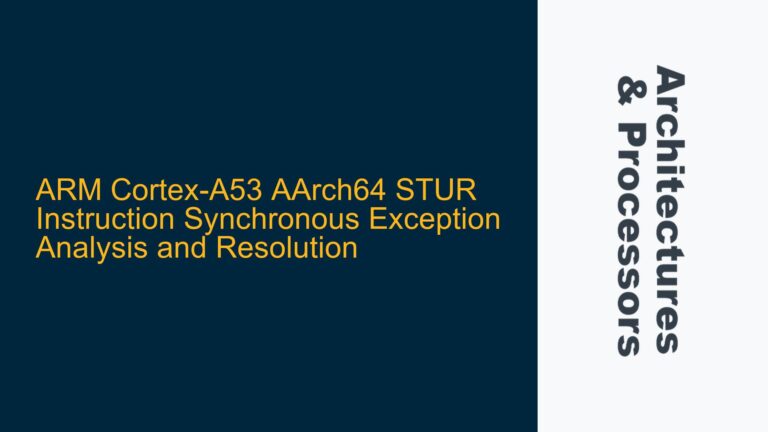ARM Cortex-M7 Video Capture and Compression Feasibility
The ARM Cortex-M7 is a powerful microcontroller core designed for high-performance embedded applications. It features a superscalar pipeline, double-precision floating-point unit, and optional cache memory, making it suitable for tasks requiring significant computational power. However, capturing and compressing video on the Cortex-M7 presents unique challenges due to its resource constraints and the absence of dedicated hardware accelerators for video processing.
The Cortex-M7 typically operates at frequencies ranging from 200 MHz to 400 MHz, with some variants reaching up to 600 MHz. While this is sufficient for many real-time applications, video processing demands substantial computational resources. Capturing video at 5-10 frames per second (fps) requires not only efficient image capture mechanisms but also robust compression algorithms to store the video in memory or external storage.
The primary challenge lies in the lack of dedicated hardware for video encoding. Unlike high-end processors used in consumer electronics, the Cortex-M7 does not include hardware accelerators for video codecs like H.264 or MPEG-4. This means that all video processing must be done in software, which can quickly overwhelm the CPU and available memory bandwidth.
Moreover, the Cortex-M7’s memory architecture, while advanced for a microcontroller, is not optimized for high-bandwidth data streams like video. The core typically interfaces with external memory through a bus matrix, which can become a bottleneck when transferring large amounts of video data. The absence of a direct memory access (DMA) controller optimized for video capture further complicates the task, as the CPU must handle data transfers, reducing the available processing power for compression.
Memory Bandwidth Limitations and Compression Algorithm Overhead
One of the critical factors affecting video capture and compression on the Cortex-M7 is memory bandwidth. Video data is inherently large, and even at low resolutions and frame rates, the amount of data generated can quickly saturate the memory bus. For example, capturing 640×480 resolution video at 10 fps in RGB565 format generates approximately 6.14 MB/s of data. This data must be transferred from the image sensor to the microcontroller’s memory, processed, and then compressed, all within the constraints of the available memory bandwidth.
Compression algorithms add another layer of complexity. While JPEG compression is relatively lightweight and can be implemented efficiently on the Cortex-M7, video compression algorithms like MPEG or H.264 are significantly more demanding. These algorithms require motion estimation, discrete cosine transforms (DCT), and entropy coding, all of which are computationally intensive. The Cortex-M7’s floating-point unit can assist with some of these calculations, but the overall processing load remains high.
The lack of hardware acceleration for these tasks means that the CPU must handle all computations, leading to potential performance bottlenecks. Additionally, the Cortex-M7’s cache memory, while helpful, may not be sufficient to store the intermediate data required for video compression, leading to frequent cache misses and increased latency.
Optimizing Video Capture and Compression on Cortex-M7
To achieve feasible video capture and compression on the Cortex-M7, several strategies can be employed. First, optimizing the image capture pipeline is crucial. Using DMA to transfer data from the image sensor to memory can offload the CPU, allowing it to focus on compression tasks. Additionally, selecting an image sensor with built-in compression capabilities, such as MJPEG, can reduce the amount of data that needs to be processed by the microcontroller.
For compression, leveraging lightweight algorithms like MJPEG or Motion JPEG can be a practical solution. These algorithms compress each frame individually, reducing the computational complexity compared to inter-frame compression methods like MPEG or H.264. While this results in larger file sizes, it is a trade-off that may be acceptable for low to medium frame rate applications.
Efficient memory management is also essential. Allocating memory buffers strategically to minimize data movement and maximize cache utilization can significantly improve performance. For example, using double buffering for image capture and compression can ensure that the CPU always has data to process while new frames are being captured.
Finally, optimizing the compression algorithm itself can yield substantial performance gains. Techniques such as reducing the resolution, using lower color depths, or applying subsampling can reduce the amount of data that needs to be processed. Additionally, implementing algorithmic optimizations, such as fast DCT or simplified motion estimation, can further reduce the computational load.
In conclusion, while capturing and compressing video on the ARM Cortex-M7 presents significant challenges, careful optimization of the image capture pipeline, memory management, and compression algorithms can make it feasible. By leveraging the Cortex-M7’s strengths and mitigating its limitations, it is possible to achieve low to medium frame rate video capture in a resource-constrained environment.

